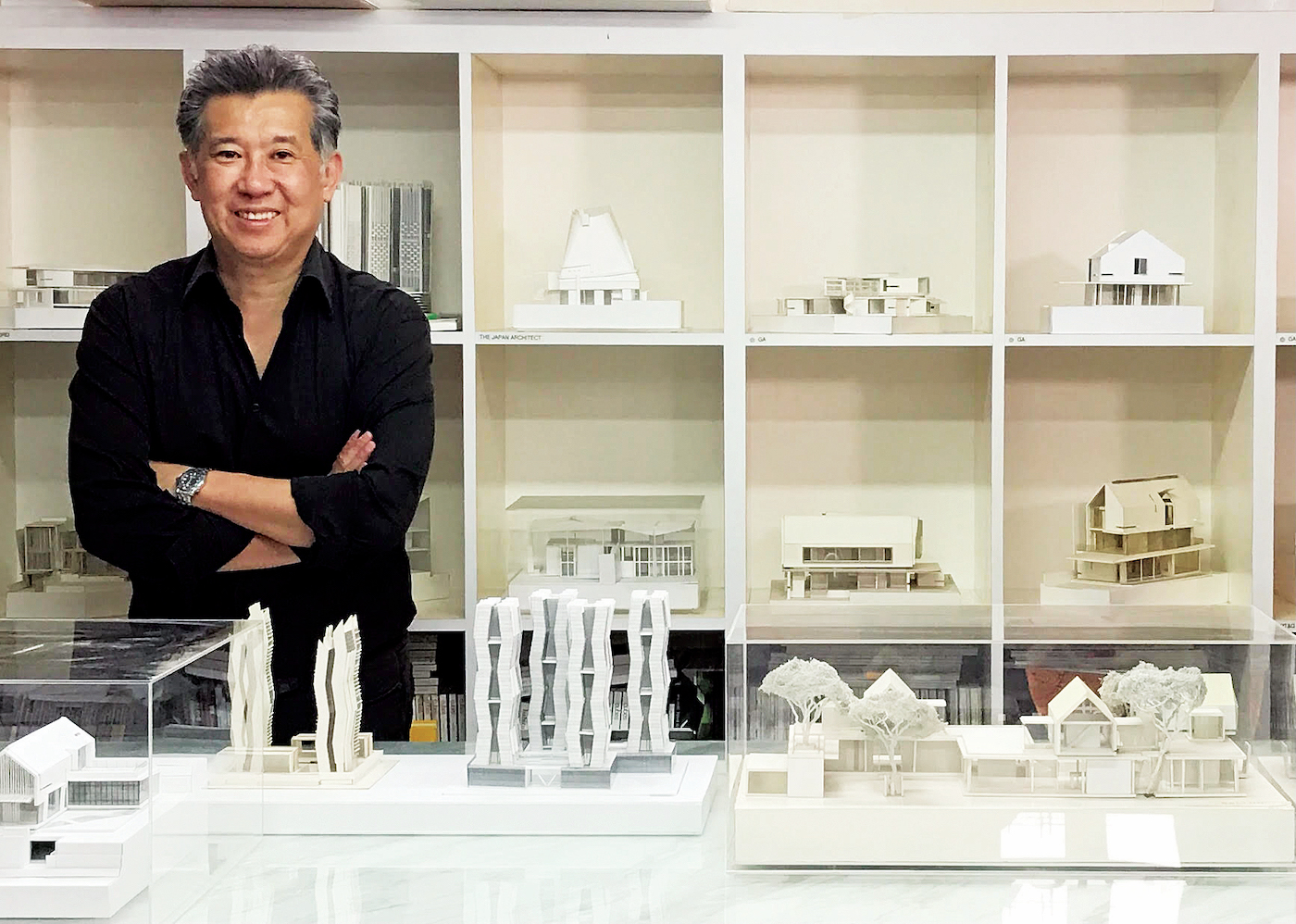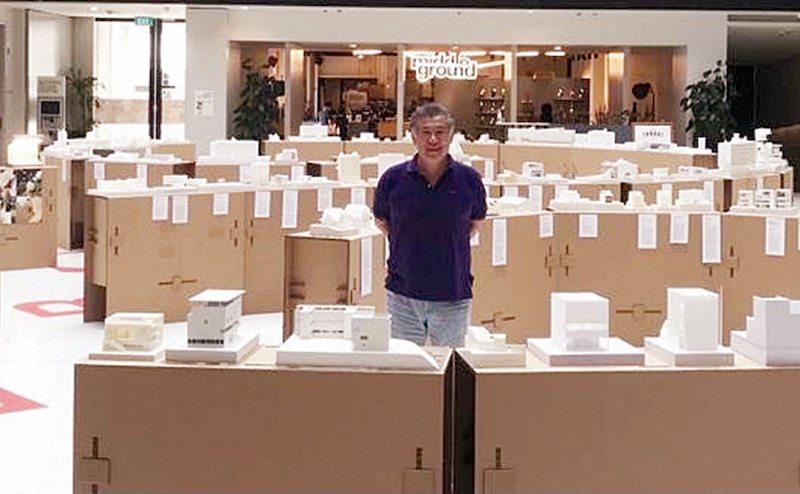
Rene Tan, one half of the well-known Singapore-based architectural practice RT+Q which he founded with TK Quek (Photo: Rene Tan/RT+Q)
As Le Corbusier famously declared, “Architecture is the magnificent play of Forms in Light”. Seeing and experiencing Corbusier’s buildings reveals the mastery of form and space that line drawings and photos cannot convey in the classroom, books or even today’s advanced 3D virtual modeling on a screen.
Through making the models by hand, Rene Tan of Singapore-based architectural practice RT+Q led his interns to uncover and discover structure, form and space beyond drawings.
Leading up to a new exhibition in Kuala Lumpur and Penang, which pays tribute to the controversial and divisive master of modernist architecture, Tan shares some of his views on one of the most influential architects in the world.
unnamed_12.jpg

How has Le Corbusier influenced your works?
He truly was the most versatile of creators and I have often described him as the personification of the architectural encyclopaedia and thought that architecture after Corbusier is perhaps just footnotes of him. I myself was influenced by Le Corbusier... but no more or less than any architect of my generation ought to be.
Le Corbusier was famous for his love of concrete. What are your own favourite materials to work with and why?
I would say concrete as well as homogenous tiles. Concrete is interesting because of its malleable nature and sculptural possibilities. Plus, the form of concrete is initially liquid and it has to be poured, making one think about plasticity, continuity and surfaces of forms. As for homogenous tiles, I like them because they are an economical material to use. Not only are they simple and durable, they also require minimal maintenance.
Could you name a few of your favourite Le Corbusier buildings? What made you like them?
Among my favourites are the Maison Murondins (for war refugee, and its form and easy do-it-yourself construction); Maison Monol (for workers and its vaulted roof forms), Heidi Weber Pavilion (for its details and metallic language); Unité d'habitation de Marseille (for its unapologetic formal rigour and utopian vision) and Maison du Tonkin (for the humanitarian intentions in housing the common man).
These, apart from Marseille, are relatively unknown, and it is precisely because they are unknown that I have come to discover and appreciate them. I also learnt something new in the process, beyond the well-known things he did for the Savoyes, the Churches or the Cooks.
weber.jpg

Will you be checking another Le Corbusier building off your list anytime soon?
I have visited 54 out of 65 Le Corbusier buildings in the world, from Rio and Chandigarh to Tokyo and Moscow. These days, I enjoy going on trips with my 18-year-old daughter Lara because she always out-runs me and discovers things I would normally miss.
LC121 Uncovering The Hand: A Journey Through Le Corbusier’s Forms will be held from June 11 to July 3 at Dewan Tunku Canselor, Universiti Malaya, and from July 14 to 24 at UAB Building, George Town.
Pick up a copy of Options, The Edge this week (June 6 issue) for the full story.


